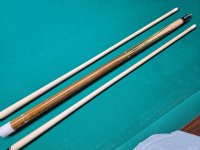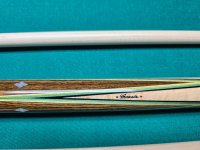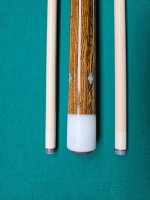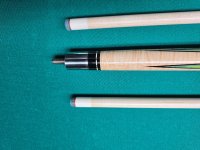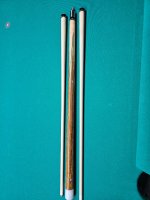Thanks, Stu.
This doesn’t seem to be much of a problem except in the US. Maybe it is time for Americans to learn how to play the game properly. You should not be touching balls you are not supposed to touch. If you start getting penalized for it, you will probably start doing it much less frequently.
Regardless, the American pool leagle systems seem intent on having their own rules anyway. The
list of league rule differences is quite long.
In my experience, all ball fouls should only be two situations:
1 When a ref is present and watching, and they are the only one authorized to make a call.
2 When you have two players that agree to play that way, because they are both under significantly better than average control of body, hair, cue and clothing while playing,
and they trust each other.
The prior WPA rules had it right for the option "may be played" cue ball fouls only
when no referee was present, in my opinion.
Beginners, elders and most amateurs are prone to inadvertent ball contact. Apparently the WPA does not want their rules to be a good fit for those VERY large swaths of our pool playing demographic. Pro tournaments -- at least you have pros playing, who are more aware.
The other really big reason not to play all ball fouls without a referee is the distinct and inviting likelihood of an opponent (or maybe a bystander??) making a timely/untimely call and you have NO NEUTRAL PARTY to adjudicate. Did that shirt touch or did it not? It's asking for trouble in my opinion, which presumably is why even the WPA had it as an option for when no ref was present.
Yes, I'm curious about how the discussion went for the removal of cue ball fouls only. Why not share the private discussion?
Thankfully One Pocket still has the option of "cue ball fouls only" in the most "Official" and complete set of One Pocket rules that are available -- those on onepocket.org. And since game rules always trump general rules -- there you go



